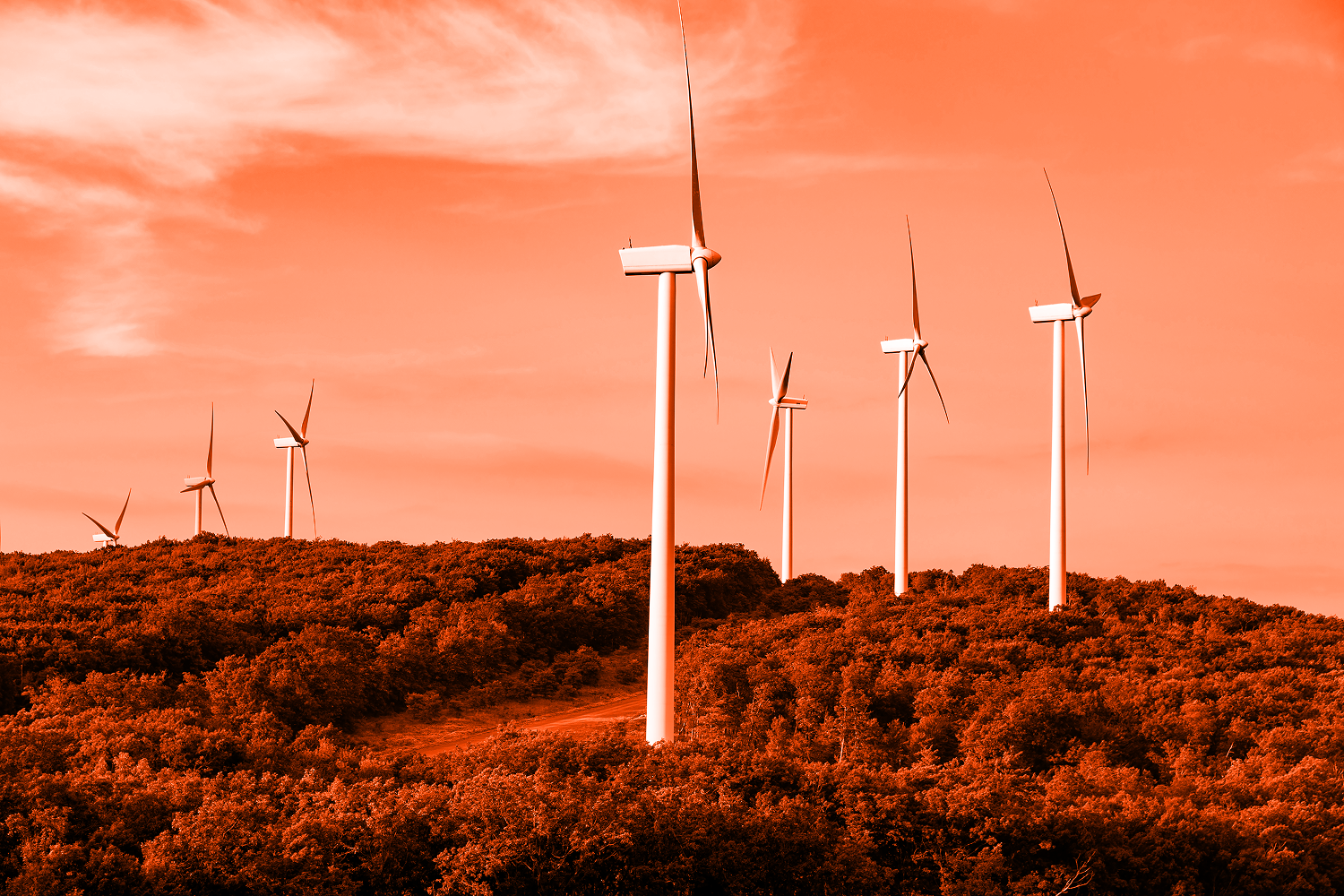8 wind-energy questions you’ve probably asked, answered
From bird strikes to blade recycling, here’s what to know about wind power

Sign up and save the world
The one5c newsletter delivers our best tips right to your inbox
It’s been a rough year for wind in the U.S., as the Trump administration has been kneecapping wind farms left and right. They’ve scuttled nine already-permitted offshore projects, announced that solar……

